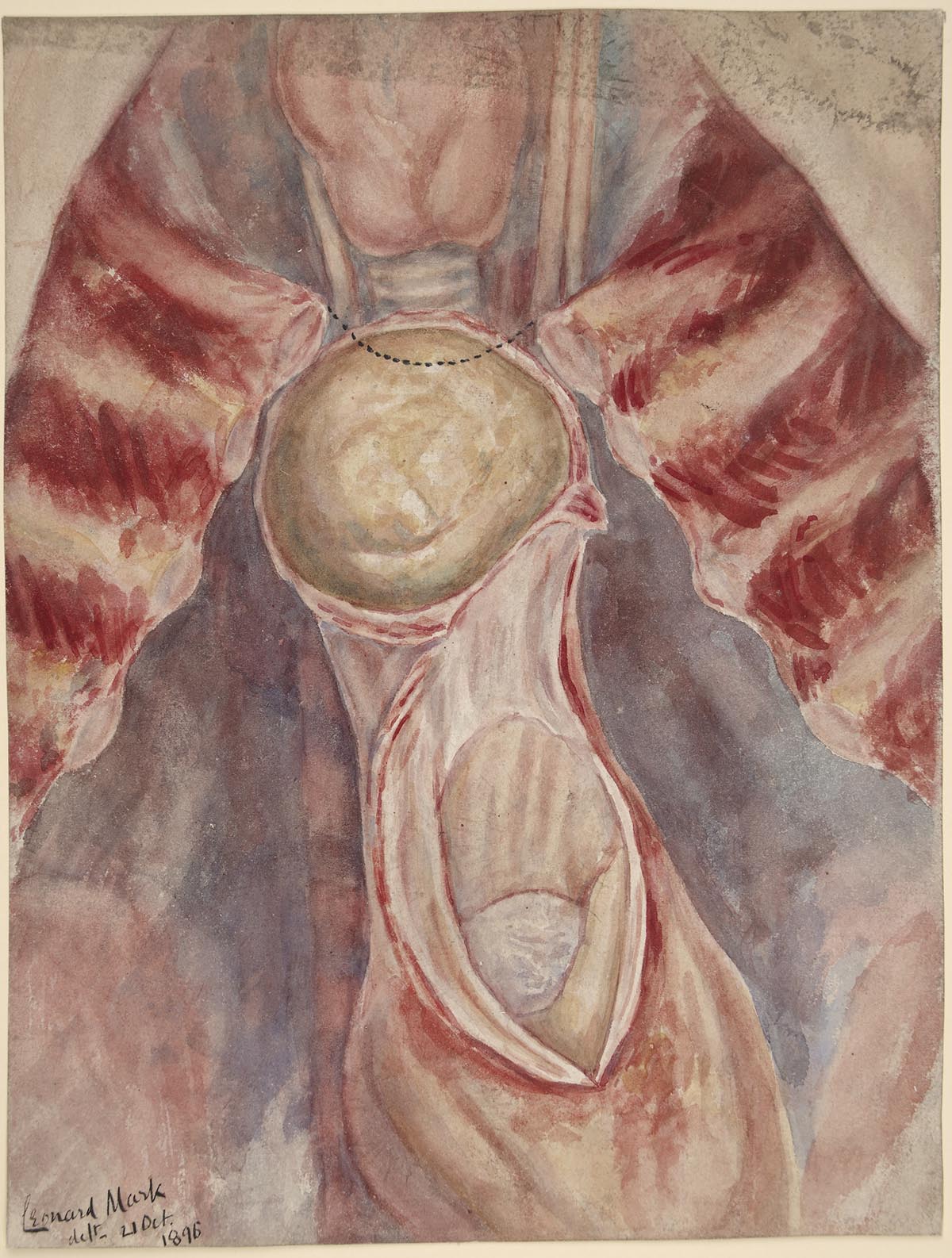
Aortic Aneurysm
Aortic aneurysm is excessive bulging of the aorta. Only specific segment of the aorta is affected by aneurysm. Still this condition is considered as one of the most serious since it can progress rapidly and may eventually result in the rupture and cause death of the patient.
An aneurysm forms at the weak segment of the aorta. The pressure causes the bulging. The bulge is initially small but it tends to enlarge over time due to pressure.
Aorta is the largest blood vessel in the body. It starts in the left ventricle and can be divided into several parts, aortic arch, thoracic aorta and abdominal aorta. In lower part of the abdomen the aorta divides into common iliac arteries which are in charge with blood supply of the pelvis and both legs. Aneurysm may occur at each segment of aorta. Still it most commonly affects abdominal part of aorta. There are two types of aneurysms, true and false. In true aneurysm the process of bulging affects all three layers of aorta. On the other hand, in false aneurysms only 2 outer layers of the vessel are affected.
In many people aortic aneurysm can be found accidentally. However, some people do experience symptoms of this medical condition. The aneurysm does not rupture instantly. It grows slowly over years and in majority of patients the problem is surgically treated so the fatal complication is successfully avoided. Still, it may happen that aneurysm will burst prior the surgical repair and this is rather serious complication which, if not treated urgently, results in lethal outcome.
Symptoms of Aortic Aneurysm
In many patients this condition is asymptomatic. It is most commonly found during regular examinations or medical tests.
However, if present, two leading symptoms of aortic aneurysm are pain in the chest and back pain. Apart from pain patients may also complain about unusual sensations in the upper chest or back. Some patients who are suffering from aortic aneurysm may palpate a pulsating bulge in the abdomen. They may also report a feeling of fullness after small portions of food. In rare cases the presence of aortic aneurysm may cause nausea and vomiting.
Aortic aneurysm is a suitable place for clot formation. These clots can detach and cause blockage of the blood flow in numerous organs causing specific symptoms which basically depend on the place of blockage.
In dissection and rupture the pain intensifies and patients describe this pain as tearing or ripping. Accompanying symptoms of rupture are over-sweating, fast heart rate, rapid breathing, loss of consciousness and finally shock.


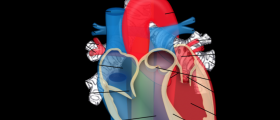




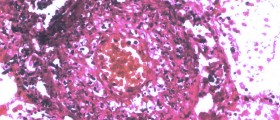




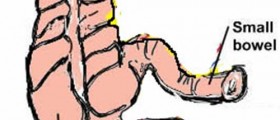
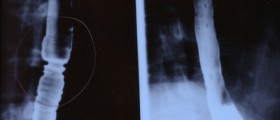


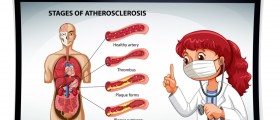
Your thoughts on this
Loading...